First… This post is not about Greenvale Vineyards in RI. I adore Greenvale and I think they make amazing, estate-grown wines. Their winery is a lovely place to visit – my favorite in RI actually, and the proprietor and staff are among the friendliest and most knowledgeable that I have ever met. So, even though the wine that I will talk about is a product of Greenvale Vineyards, this post is not about Greenvale…
What then is this post about? The dark side of owning a deep, deep wine cellar.
With more than thirty years of collecting, we have amassed a significant number of wines, with a total bottle count well north of 5,000 bottles. The collection is scattered across a wide palate of wines – many from regions where the wines are made to age. Inevitably, when one grows a cellar to these proportions, wines are purchased that do not have prodigious aging potential. One buys wine that one enjoys and not every enjoyable wine begs to be aged. So, lurking in the dark corners of our wine cellar are bottles that are aging into atrophy.
In October of 2013, we conducted a tasting entitled “The Lost Bottle.” The tasting consisted of a flight of wines that were uncovered during a “cleaning and reorganizing” effort. After a week of work, a case+ of wines were found that exemplified the risk of deep cellar ownership. The list of wines was as follows (dates in parentheses note purchase date):
1996 Domaine des Cassagnoles, Cotes du Gascon (4/27/1998)
1996 Chateau La Blancherie, Graves (4/27/1998)
1997 Domaine du Closel, Savennieres (7/8/2000)
1995 Francis Cotat Chavignol, Sancerre (1/31/1997)
2004 Monkey Bay, Sauvignon Blanc, Marlborough (4/23/2005)
1996 Domaine Dauvissat-Camus, La Forest, Chablis (7/4/1998)
1989 St. Clement Chardonnay, Abbott’s Vineyard (3/30/1992)
1990 Herm. Donhoff Oberhauser Brucke Spatlese Riesling, Nahe (12/28/1998)
1990 Le Bocce, Chianti Classico (11/5/1992)
1997 Ricasoli San Ripolo, Chianti Classico (3/29/2004)
1998 Ricasoli Occa Guiccarda, Chianti Classico Riserva (2/23/2005)
1998 Villa Cafaggio, Chianti Classico (10/6/2001)
1998 Domaine Celinguet, Coteaux du Languedoc (1/29/2000)
1999 Les Cailloux, Chateauneuf-du-Pape (7/2/2002)
The outcome of the event was actually far more favorable than originally anticipated, with only two of the wines tasting simply dreadful (the 1996 Domaine Dauvissat-Camus and the 1989 St. Clement, were undrinkable), and the other wines tasting decently, albeit some with that resplendent patina of age. We dodged a bullet…
Fast forward to today… As I was looking for something to have with dinner, I stumbled across a bottle of 2003 Greenvale Vineyards Cabernet Franc from the Southeastern New England AVA.
We visit a lot of wineries and when we visit, we tend to take home our favorites from the visit. Back in 2006, we made one of our many forays into the then burgeoning RI wine trail, which included a stop at the beautifully situated Greenvale Vineyards in Portsmouth, RI. After a few hours of tasting and being given a tour of the vineyards, we left with a few cases of our favorites – including the 2003 Cabernet Franc. I was especially pleased with the Cabernet Franc because the wine did not exhibit the usual markers of cool climate Cabernet Franc – bell pepper and green, stemmy notes. Instead the wine was very nicely balanced with dark, cherry fruit, dried herbs, cedar, vanilla and excellent structure. At the time, I noted a five year window of improvement in bottle aging – which means the peak for the wine would hit around 2010. We actually bought six bottles in September 2006. We drank bottles in 2006, 2007, 2008, 2011, 2014 and 2020. The cellar notes indicate the wine showed strongly in 2006, 2007, 2008, 2011, with some weakening in 2014. The last bottle we opened just recently in 2020 had this tasting note:
Herbaceous nose with hints of bell pepper, cardamom and cedar. Dried cherry and rosemary notes. Firm acidity with tired fruit. Balance is consistent with a 17 year old wine from New England, meaning there is little fruit, tight acid and almost no tannin. Pleasant but tired aftertaste with layered complexity.
This story is actually a favorable example of aging wine over a long period of time… meaning, the last bottle opened was a fitting closing chapter for the wine.
Then why is this a cautionary tale? Because deep in the corners of our wine cellar there are numerous bottles of wine that are likely at, or worse, past peak. Many of which are not the last bottle of a particular vintage. The 2003 Greenvale is a wake up call that a careful, re-assessment of the cellar is in order. If for no other reason then to prioritize the drinking of certain bottles. Recognizing that there will be too many to consume before their fated end.
As has been said at almost every Musings event – the assessment of a bottle’s aging potential is far more art (read “swag” – silly, wild ass guess) than science and part of the beauty in having a wine cellar is to watch wines grow, develop, age and eventually pass. It is the cycle of life in a bottle – the constant reminder that nothing is permanent and that from whence we came, so too shall we return…



















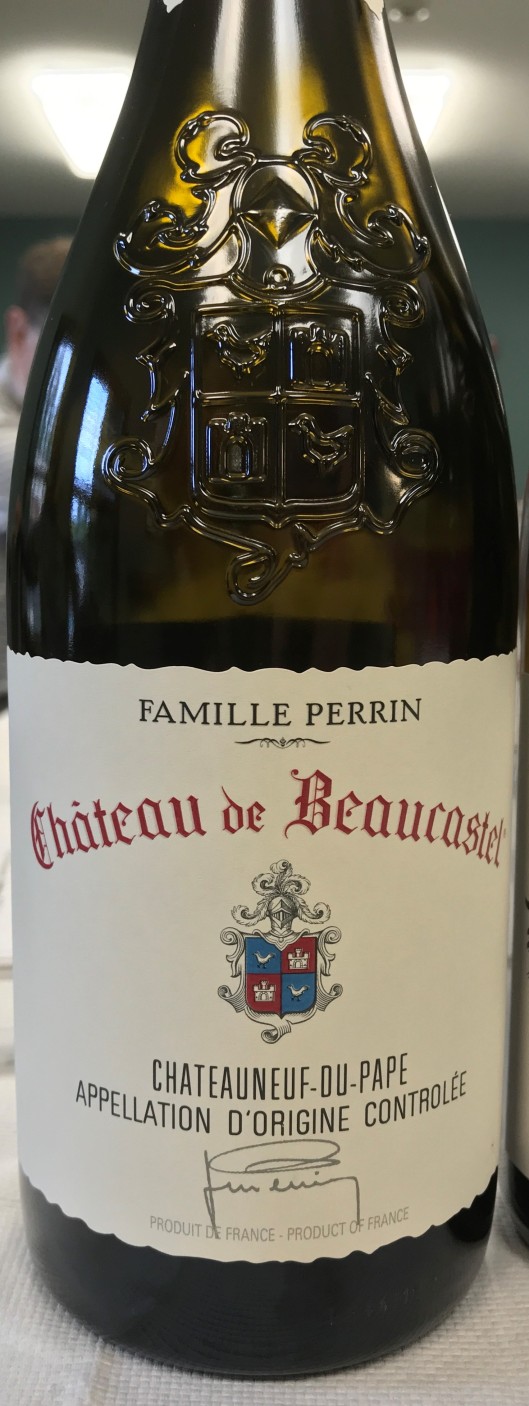




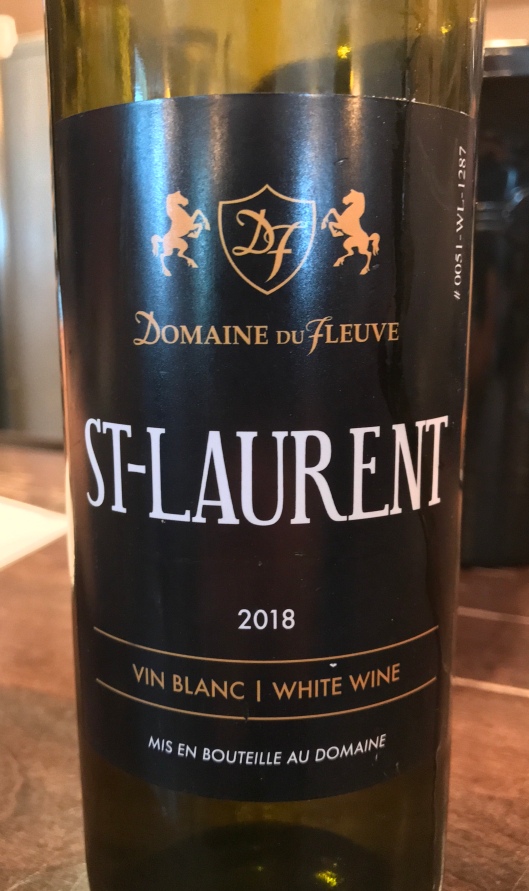







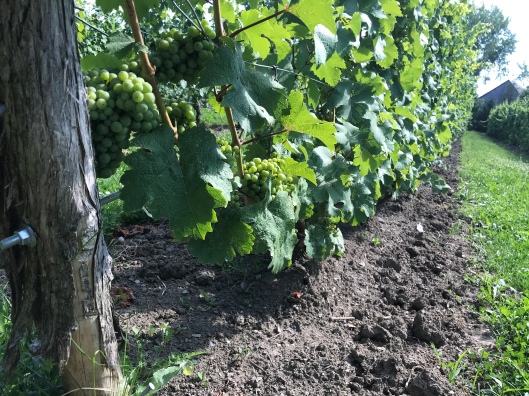


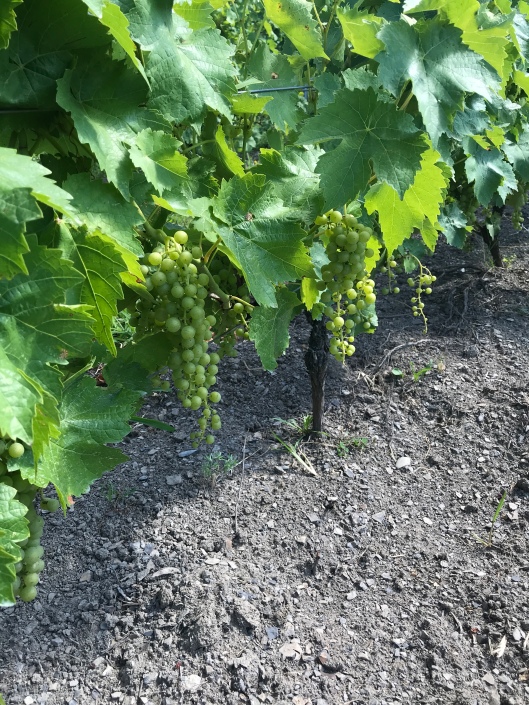
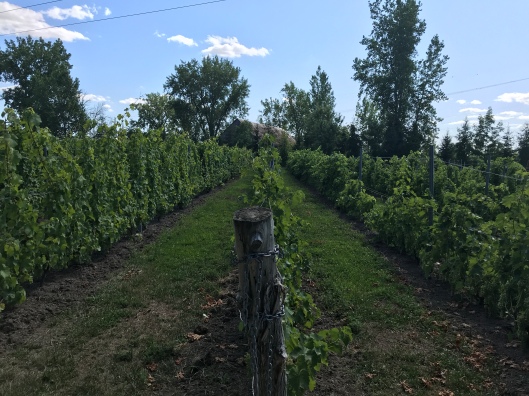

 Almost twenty-nine years ago I tasted my first Los Vascos Cabernet. It was one of the first Chilean wines I had ever experienced, and frankly I was seriously impressed. It doesn’t hurt that the winery is owned by Lafite Rotchild, the famous first growth from Pauillac in Bordeaux, masters of fine wine.
Almost twenty-nine years ago I tasted my first Los Vascos Cabernet. It was one of the first Chilean wines I had ever experienced, and frankly I was seriously impressed. It doesn’t hurt that the winery is owned by Lafite Rotchild, the famous first growth from Pauillac in Bordeaux, masters of fine wine. There are supposed to have been four variations of this “hair-of-the-dog” hangover cure. The #2 is perhaps the most popular and the only one that survived prohibition in tact. I’m not even sure that reliable recipes exist for #3 and #4, despite finding a few on the Internet. A conventional search of my drinks library turned up nothing verifiable.
There are supposed to have been four variations of this “hair-of-the-dog” hangover cure. The #2 is perhaps the most popular and the only one that survived prohibition in tact. I’m not even sure that reliable recipes exist for #3 and #4, despite finding a few on the Internet. A conventional search of my drinks library turned up nothing verifiable. Appassimento is a traditional Italian wine-making method that involves drying the grapes on straw mats prior to fermentation. The drying process concentrates the sugar and intensifies the complexity of the flavors in the grapes. The resulting wine is powerful, rich and redolent of spice, raisins and cooked fruit.
Appassimento is a traditional Italian wine-making method that involves drying the grapes on straw mats prior to fermentation. The drying process concentrates the sugar and intensifies the complexity of the flavors in the grapes. The resulting wine is powerful, rich and redolent of spice, raisins and cooked fruit.
 Obsessed… some have called me this and they would not be wrong… I think of myself as a purist… that person who seeks out real, authentic product that is a testament to the Craft.
Obsessed… some have called me this and they would not be wrong… I think of myself as a purist… that person who seeks out real, authentic product that is a testament to the Craft. The Octomore are cask strength monsters that pay homage to the gods of Islay. If you thought Laphroaig and Lagavulin were impactful as Islay malts, then you need to taste the Octomore. Without a doubt, Octomore redefines Islay and sets the bar very high for Peat and Smoke.
The Octomore are cask strength monsters that pay homage to the gods of Islay. If you thought Laphroaig and Lagavulin were impactful as Islay malts, then you need to taste the Octomore. Without a doubt, Octomore redefines Islay and sets the bar very high for Peat and Smoke. Comparatively, the 8.1 is “lighter” than the 8.3 and is more like the 6.3 in balance and flavor. Massive peat and smoke dominate the palate with a hint of honey, vanilla and violets on the finish. A trifle hot, with a few drops of mineral water, the whisky explodes and at the same time, tames itself nicely.
Comparatively, the 8.1 is “lighter” than the 8.3 and is more like the 6.3 in balance and flavor. Massive peat and smoke dominate the palate with a hint of honey, vanilla and violets on the finish. A trifle hot, with a few drops of mineral water, the whisky explodes and at the same time, tames itself nicely. In 1805, Napoleon Bonaparte anxiously planned the invasion of England. Having neutralized the continent of Europe, Napoleon looked to solidify his position of power by invading France’s long term enemy. What stood between Napoleon and victory was the English Fleet, led by Admiral Horatio Nelson. In what would become one of history’s greatest sea battles, Lord Nelson stemmed the tide of Napoleon’s quest, by defeating the combined French and Spanish Navies off the west coast of Trafalgar. Nelson would receive a mortal wound during the battle. His body was rumored to be transported back to England in a cask of Rum, which led to the spirit’s nickname, Nelson’s Blood.
In 1805, Napoleon Bonaparte anxiously planned the invasion of England. Having neutralized the continent of Europe, Napoleon looked to solidify his position of power by invading France’s long term enemy. What stood between Napoleon and victory was the English Fleet, led by Admiral Horatio Nelson. In what would become one of history’s greatest sea battles, Lord Nelson stemmed the tide of Napoleon’s quest, by defeating the combined French and Spanish Navies off the west coast of Trafalgar. Nelson would receive a mortal wound during the battle. His body was rumored to be transported back to England in a cask of Rum, which led to the spirit’s nickname, Nelson’s Blood.